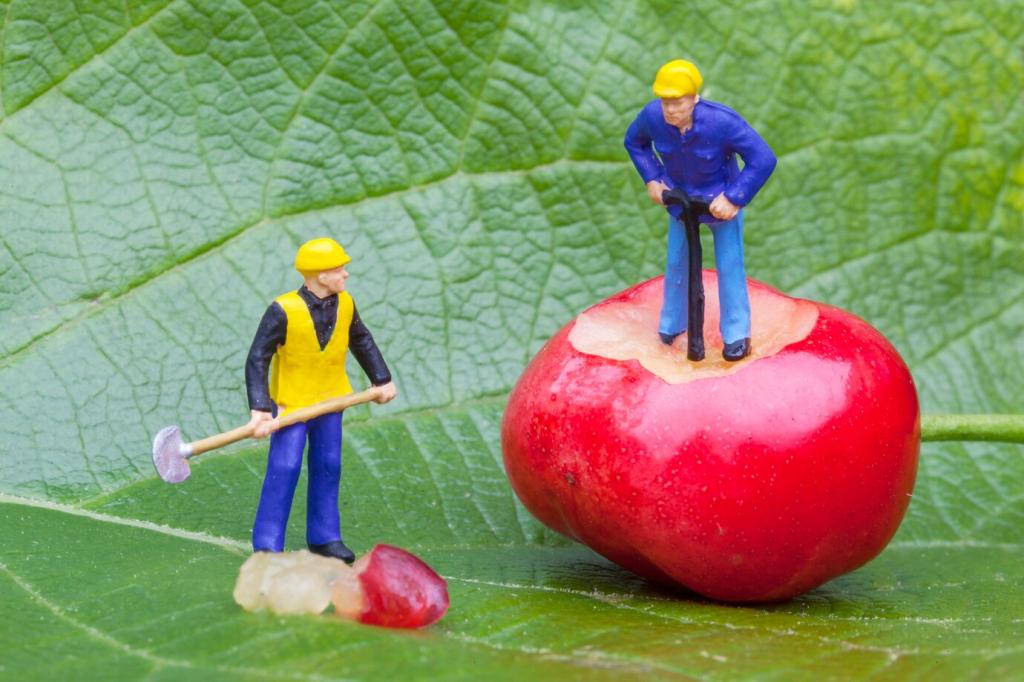Greener Shine: Environmentally-Friendly Dusting Solutions for Furniture
Why Green Dusting Matters for Your Home and Planet
Many conventional aerosols contain propellants and volatile organic compounds that add fragrance but also extra pollutants to indoor air. Overspray can leave residue on wood, attract fresh dust, and even dull finishes over time. Choosing low-impact, non-aerosol methods reduces chemical load while still delivering a rich, natural-looking shine.

Plant-based and low-shed cloths
Choose tightly woven cotton flannel, hemp blends, or cellulose cloths that grip dust when slightly dampened with water. If you prefer microfiber for its pickup, wash it in a Guppyfriend bag or with a microfiber-catching laundry ball to limit shedding. Skip fabric softener; it coats fibers and reduces dust-grabbing power.
Dusters: wool, feathers, or cellulose?
Wool dusters build natural static that lifts fine particles from carved legs and rails, while ostrich feathers excel at delicate lampshades. Plant-based cellulose sponges wrapped in cloth make quick, flat-surface sweepers. Choose FSC-certified wooden handles where possible, repair instead of replacing, and rotate tools so each one stays effective longer.
HEPA vacuums as dust partners
A vacuum with a sealed body and true HEPA filtration (often labeled H13) helps remove dust from upholstery, air vents, and hard-to-reach corners before it lands on wood. Use a soft brush attachment and low suction near finishes. Empty the canister outdoors and clean filters regularly for consistent, planet-friendlier performance.


DIY Formulas For Safe, Effective Furniture Care
Combine 2 parts jojoba or light olive oil with 1 part white vinegar and a tiny drop of castile soap. Shake before use, apply to a cloth—not the surface—and buff with gentle circles. Avoid unfinished wood, waxed pieces, or antique finishes until a patch test proves safe. Use sparingly to prevent buildup and dust attraction.
DIY Formulas For Safe, Effective Furniture Care
In a reusable spray bottle, mix 1 cup distilled water with 1 tablespoon white vinegar and one small drop castile soap. Lightly mist a cloth, never directly on the surface, and wipe in straight passes. Keep vinegar away from natural stone or shell inlays. For high-gloss lacquer, use water with a tiny drop of soap only.
Techniques That Trap Dust, Not Move It Around
Top-to-bottom routes and S-strokes
Start high—frames, shelves, cabinet tops—then move down to tables and baseboards so gravity works for you. Use slow, overlapping S-strokes to keep dust on the cloth rather than flicking it into the air. Fold the cloth into eighths, swapping to a clean face each pass for consistent pickup and less airborne scatter.
Carvings, cane, and fabric: detailing like a pro
For intricate carvings, pair a soft artist’s brush with a vacuum on low suction to capture what the bristles lift. Cane seats respond well to a slightly damp cloth pressed gently across the weave. For fabric-covered furniture, brush seams, then vacuum crevices before a final surface wipe to prevent immediate resettling.
Taming pet hair and static
Lightly mist a cloth with distilled water to reduce static cling before wiping armrests, sideboards, and chair rungs. A natural rubber glove, barely damp, can gather fur from fabric benches quickly. Finish with a wool duster to lift fine hairs. Share your best pet-hair trick in the comments to help fellow readers.
Health, Allergies, and Sensitive Noses
Fragrance-free choices and safer aromas
Skip strong perfumes and stick with unscented formulas, especially if anyone in your home is sensitive. If you enjoy aroma, use a single drop of a gentle essential oil like lavender in a whole bottle, and avoid direct use on wood. Ventilate while cleaning, then air out rooms before family members return.



Caring for Your Green Gear
Wash dusting cloths in cold water with mild detergent, skip fabric softeners, and line-dry to preserve texture. If you use microfiber, capture shed fibers with a dedicated wash bag or laundry ball and clean machine filters regularly. Separate very linty loads to avoid cling, and retire worn cloths to utility tasks.
Caring for Your Green Gear
Take dusters outdoors and give them a few firm shakes or gentle spins to fluff fibers and release trapped particles. Sun them briefly to freshen, avoiding prolonged exposure that can dry natural oils. If needed, spot-clean with a damp cloth and allow to air-dry completely before returning them to your cleaning caddy.
Stories, Challenges, and Your Voice
A small switch, a big difference: Lina’s living room
Lina swapped perfumed sprays for a damp cotton cloth and a tiny bottle of jojoba polish. Within a month, her walnut sideboard looked richer, and the dust on the TV stand seemed to return more slowly. She wrote us a thank-you note—and signed up for the newsletter to keep the momentum going.
Join the 7-day greener dusting challenge
Each day, choose one space, one tool, and one gentle method. Track what works, snap a before-and-after, and share your results. We will feature our favorite tips in next week’s post. Subscribe to get the checklist, and tag your progress so others can cheer you on and borrow your clever ideas.
Share your tip, win community kudos
Have a trick for carved chair backs, a beloved cloth, or a brilliant no-waste recipe? Drop it in the comments or reply to our newsletter with photos. We highlight reader wisdom regularly because this blog grows best together. Your idea could be the nudge someone needs to try greener dusting today.
